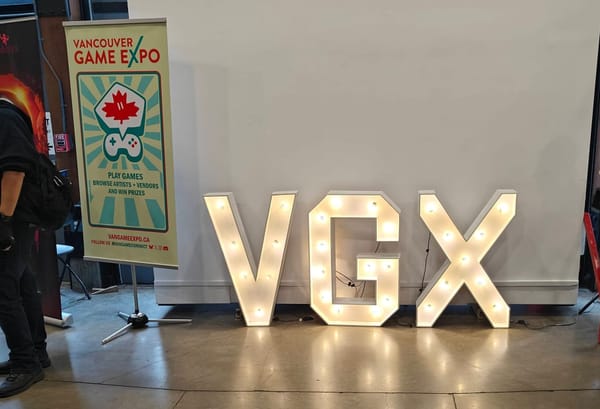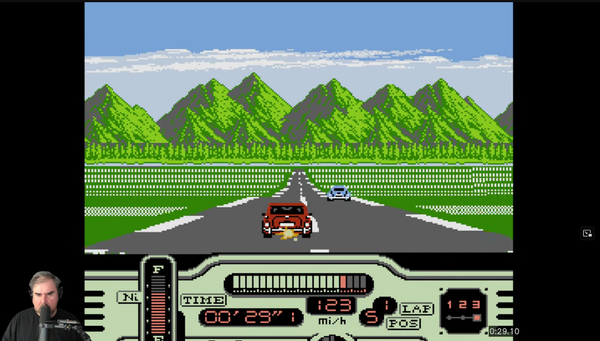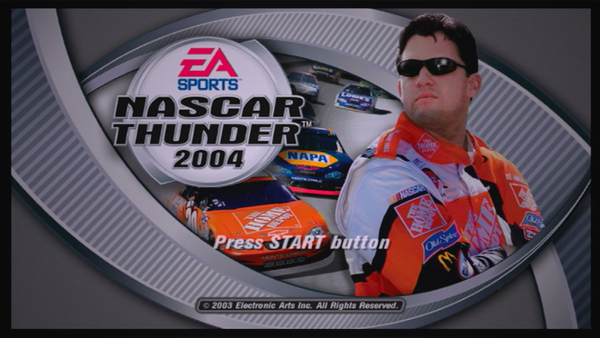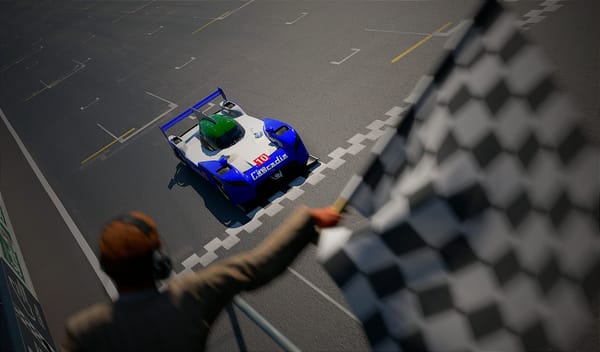BRGoF25 - The Honorable Mentions
Both this game and the game it got one-upped by left nothing on the table when it comes to expressing the racing condition it wanted to express.
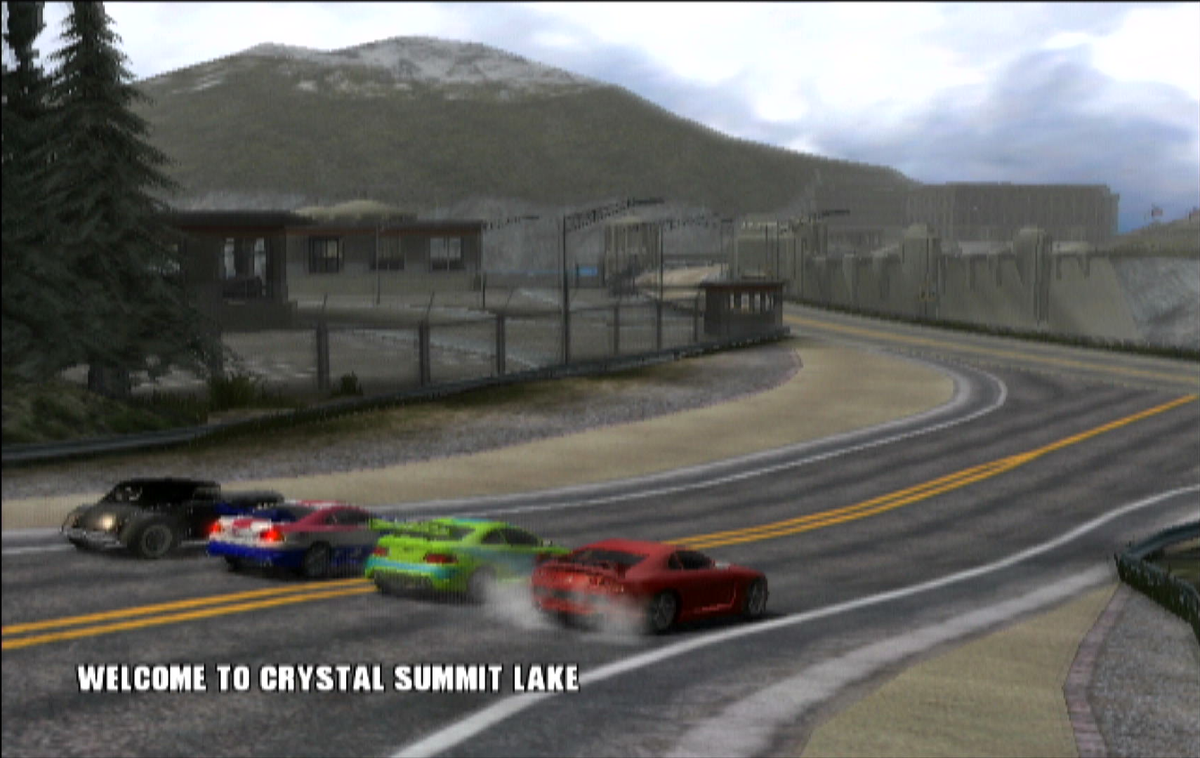
Welcome to BRGoF25, a look at the Best Racing Games of the First 25 years of the 21st century. A love letter to the titles that defined the genre during this time of immense growth in the industry, transcended boundaries and broke the glass ceiling to become the very best that video games had to offer.
Inspired by Giant Bomb polling their users on what they say is their 10 best games of the 21st century, this series of articles will focus on the racing games that, in my opinion, rubs shoulders with the giants in the industry that make up what GB's users submitted themselves. These are racing games that you should find a way to play for yourself, regardless of your gaming preferences.
"If you have the means, I highly recommend picking one up."
This piece takes a brief look at a few games that landed themselves in the honorable mentions of BRGoF25, that if it wasn't for the one game per franchise or dedicated license rule would have comfortably made their way onto the list. They are special in it of themself: titans of the genre that I hold in high regard, but there just had to be another game in the same IP that is that little bit better. Usually when it comes to stuff like this, it's the intangibles that allow one game to cross that hypothetical finish line. We're talking the execution of the music between the notes: the little things that allow the game to fully be itself in the way it's always meant to be and leaves nothing on the table. Both this game and the game it got one-upped by left nothing on the table when it comes to expressing the racing condition it wanted to express.
The games listed here are brilliant; but I like the games I'll talk about later on more. So, without further ado.
NASCAR Racing 2003 Season
The culmination of fifteen years worth of blood, sweat and tears from the team led by Dave Kaemmer and Omar Khudari resulted in NR2003; a game that will forever be the gold standard for stock car racing games, at least on PC. An extra year of refinement of the driving dynamics done in assistance with actual NASCAR teams was that last piece of the puzzle after the prior year's release was already in the finishing stages of putting the picture fully together. The NASCAR Racing games always did a fantastic job of nailing the music between the notes of a stock car race across all track styles, but those last refinements paired with the infinite modability meant now the entire past, present, and future of stock car racing was possible to be fully expressed in the best way.
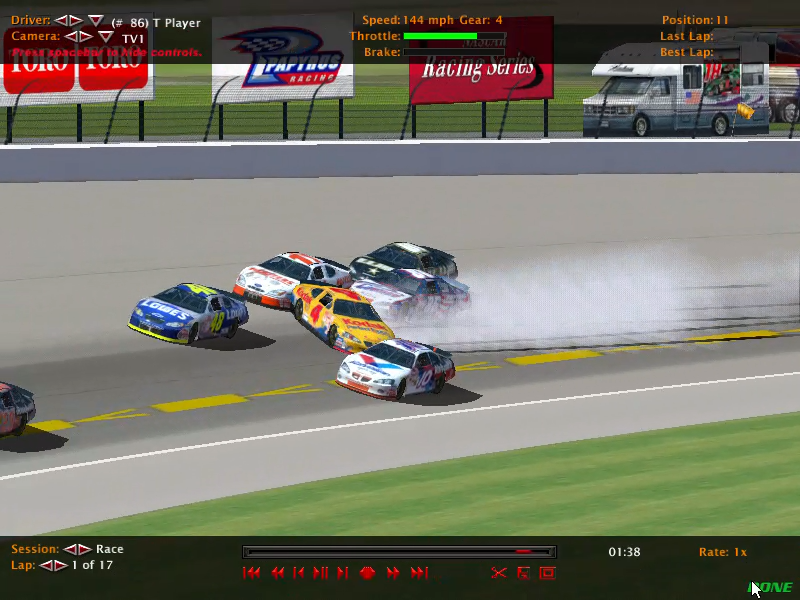
Visually, it is a little on the wooden side. But that can be seen as intentional to allow lower system requirements at launch as well as make tracks less load intensive while in the heat of the action. The side-effect of that latter point is custom tracks and ultra-high quality resolution textures that pushed so far beyond what was thought to be originally possible that look pristine on modern hardware. Have you ever wanted to race on Zanarkind?
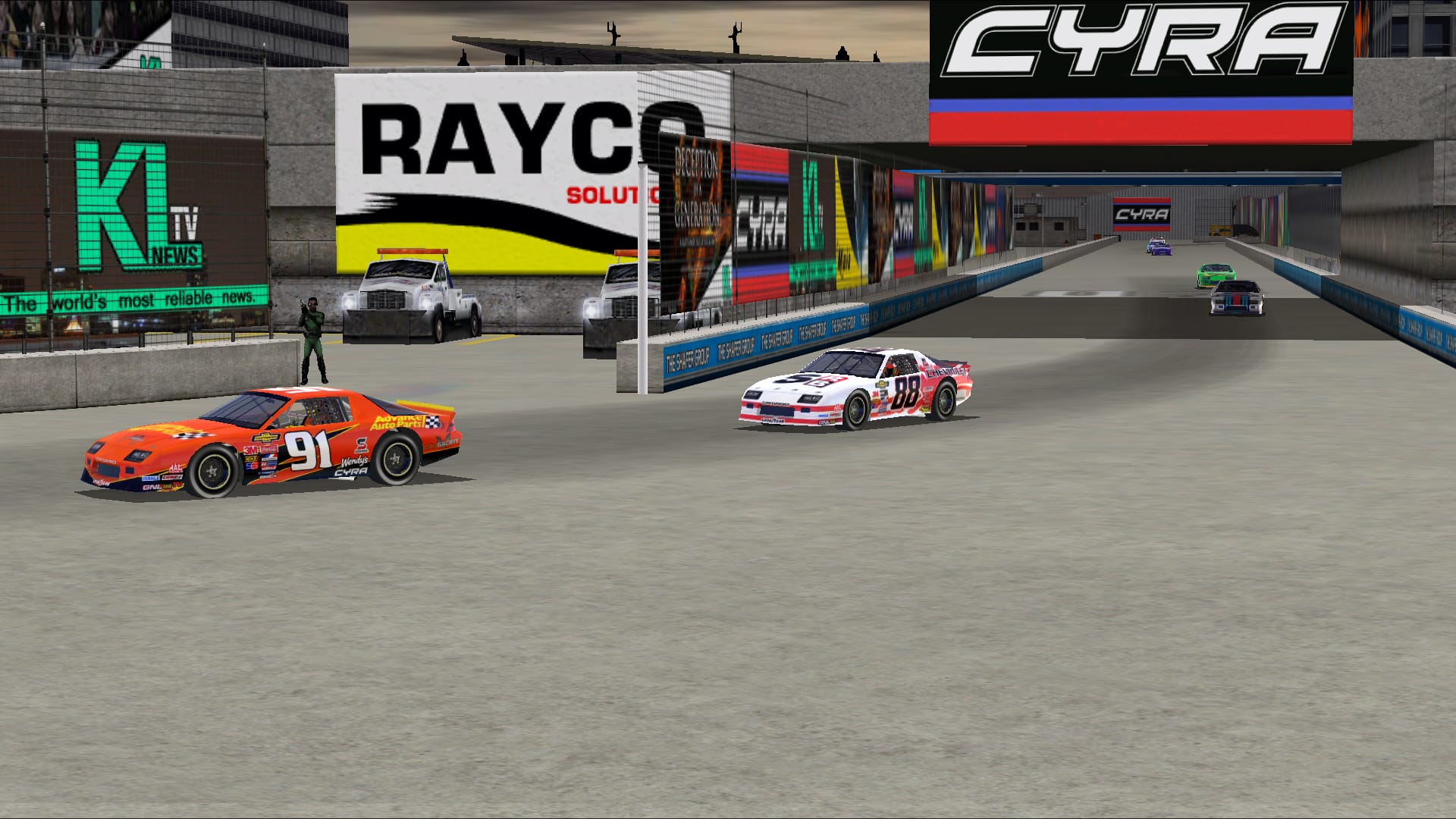
NASCAR Racing 2003 came out as the era of PC racers where the focus being on your racing against the ai was at it's very peak, with NR2003 and Grand Prix 4 being the pinnacle of that expression. A full season with the carset that NR2003 came with out of the box fulfills that fantasy of racing against one's childhood heroes and does it in the best way, and those heroes will be where they should be in the pecking order and have their highs and lows throughout the campaign. If Jeff Gordon goes on an absolute tear over the summer, you believe it was meant to be because the game believes that this is how it's suppose to be: a mastery of the suspension of disbelief within the realistic racing space. It's PC racing perfection that also races just as well against your buddies online if iRacing is too costly financially.
The only thing is, the NASCAR game that did land on the BRGoF25 list does also nail that suspension of disbelief and goes beyond just having a season mode in the process while driving similarly well. Just without the incredible modding capabilities of course.
Need For Speed Pro Street
After Need For Speed Carbon, things had to change. As much as Carbon condensed everything that made Most Wanted special and is itself a special game, another more direct sequel was always going to be a game too much; which was made apparent two years after Carbon's release. But in that year between Carbon and Need For Speed Undercover, Black Box Games poured everything they could to make a Need For Speed title that will stand among the tallest within an iconic franchise while also standing so far apart from it's contemporaries.
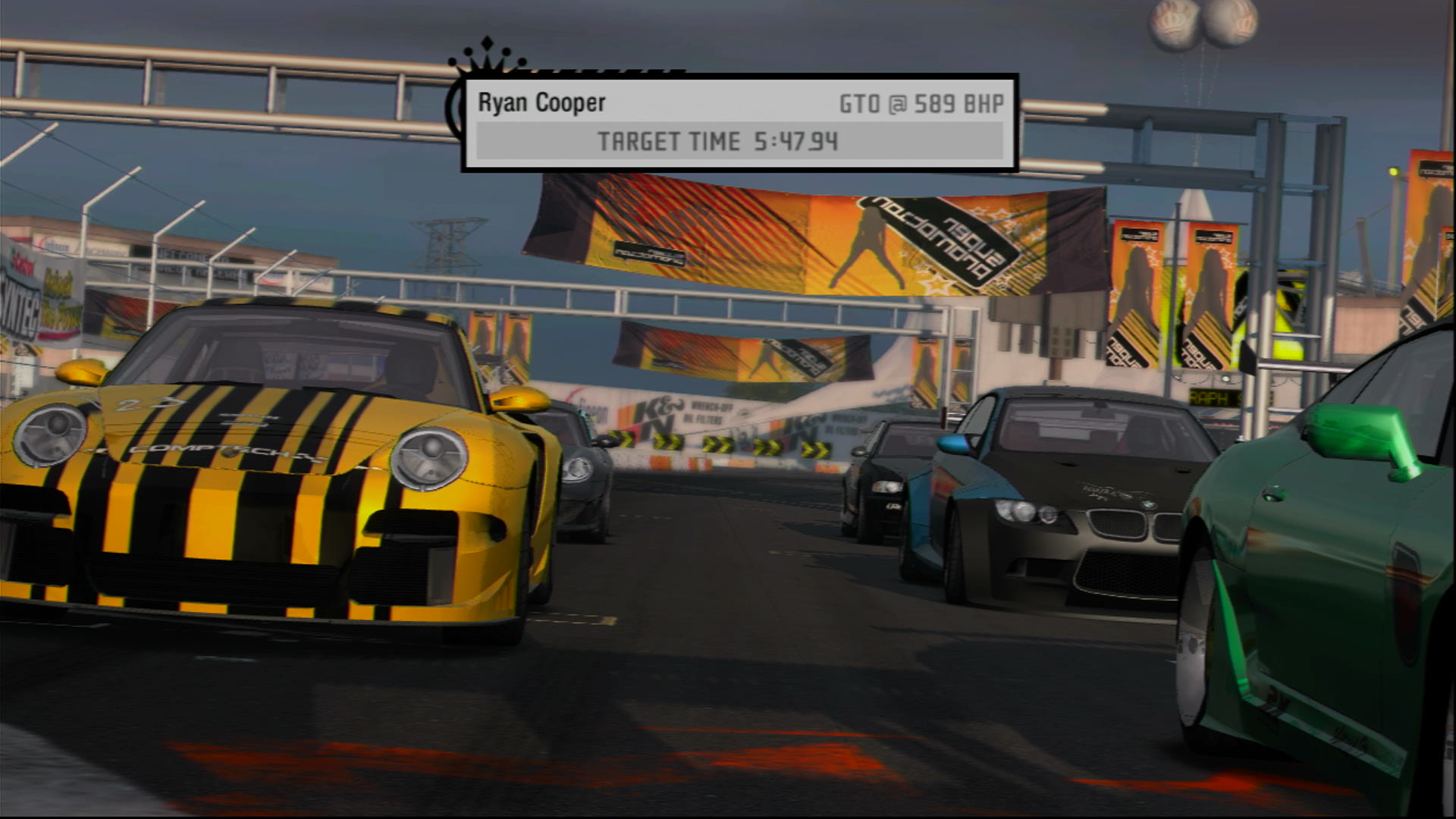
Need For Speed Pro Street is an idyllic look at a world where the emotion and the energy from the Underground went fully legit and never looked back. It's brilliantly optimistic and innocent in it's conveyance of grassroots organized racing combined with a festival-like atmosphere, but without the wholesale objectification that was prevalent at the NOPI Nationals of the era. Each of the different organizing bodies you race for have their own branding language and unique trackside commentators, including the fantastic John Hindaugh, while focusing on different styles of racing before it all comes together as you rise through the ranks to take on Ryo Watanabe at Super Promotion events.
It's single player is brilliantly paced, building the player up to being as comfortable as they can be for driving the infamous top speed races in the best way. The four different styles of racing, grip (circuit), drift, drag, and top speed, have all been given a lot of love by Black Box to make sure that they all stand on their own as a great racing experience; with drag racing in particular being the best drag racing experience outside of a dedicated IHRA or NHRA title that the genre has ever seen. And to help make that stick, the performance upgrading and tuning can now be fully optimized with cars being dedicated to one of the disciplines. That blueprint system was an inspired addition, and was great motivation for the player to explore the full depth of the game's car list.
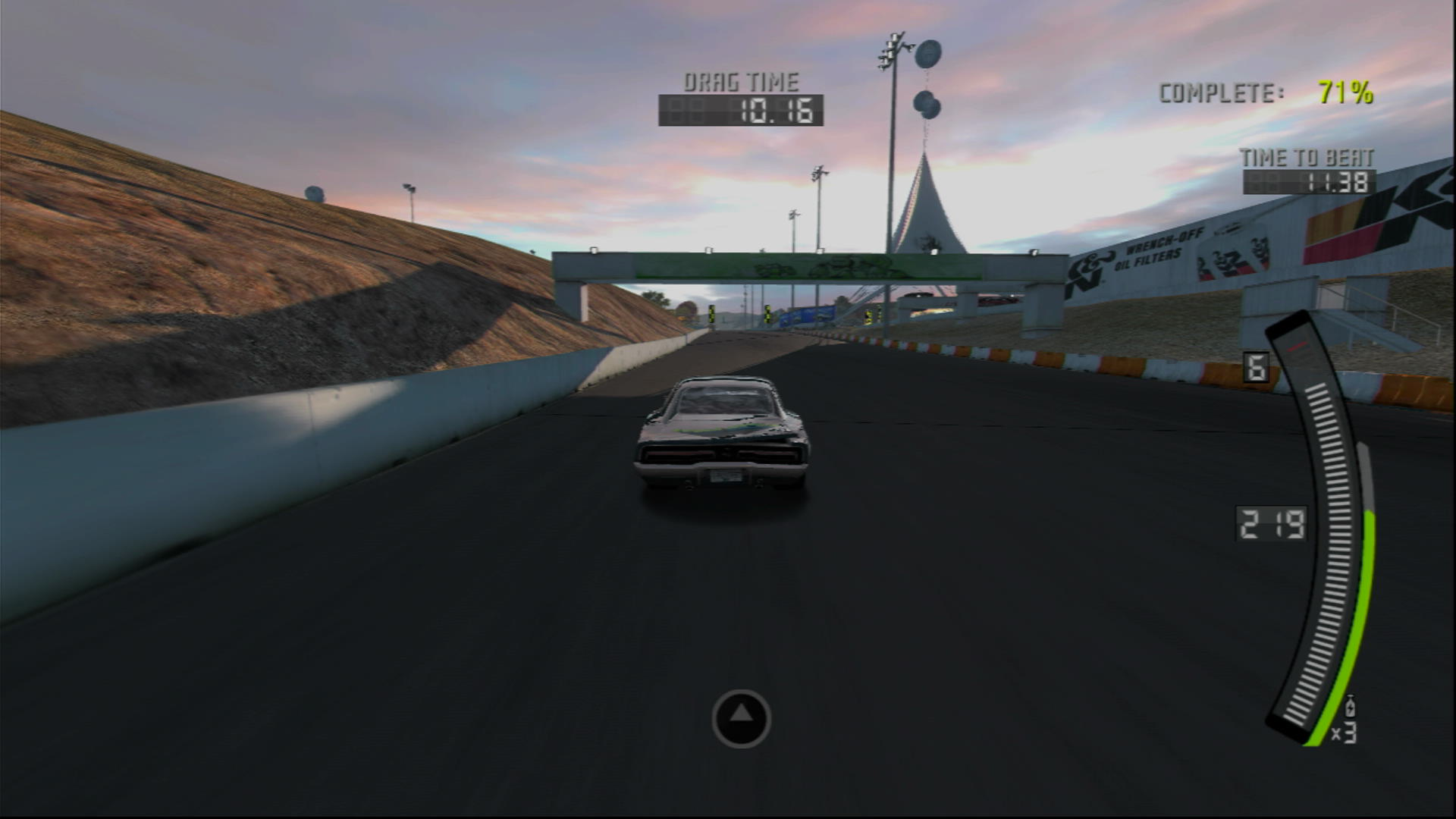
This is what happens when you take a break from developing another free roam racing game, you get the chance to remind everyone what is possible in a more dedicated, focused experience. No stone was left unturned in the first Need For Speed game in four years to not be focused around driving an open environment with a conveyance no one else had tried at the time, and no one else really has since. It may be a little tight to drive, but Need For Speed Pro Street is a truly special racing game.
DiRT 4
DiRT 4 is a reverse unicorn, in the baseball home run sense. If this ball was hit in any of the other 30 Major League Baseball fields, it would have been out of the park. But in this field, this game, it got stopped at the wall in center field and was merely a double for Codemasters. In any other field, this would have been the home run that would have changed the direction that the baseball game, and the direction this part of the genre, was going. But it didn't, and that in it of itself is a tragedy. DiRT 4 is the best rallying video game that expresses itself in a fully realistic way.
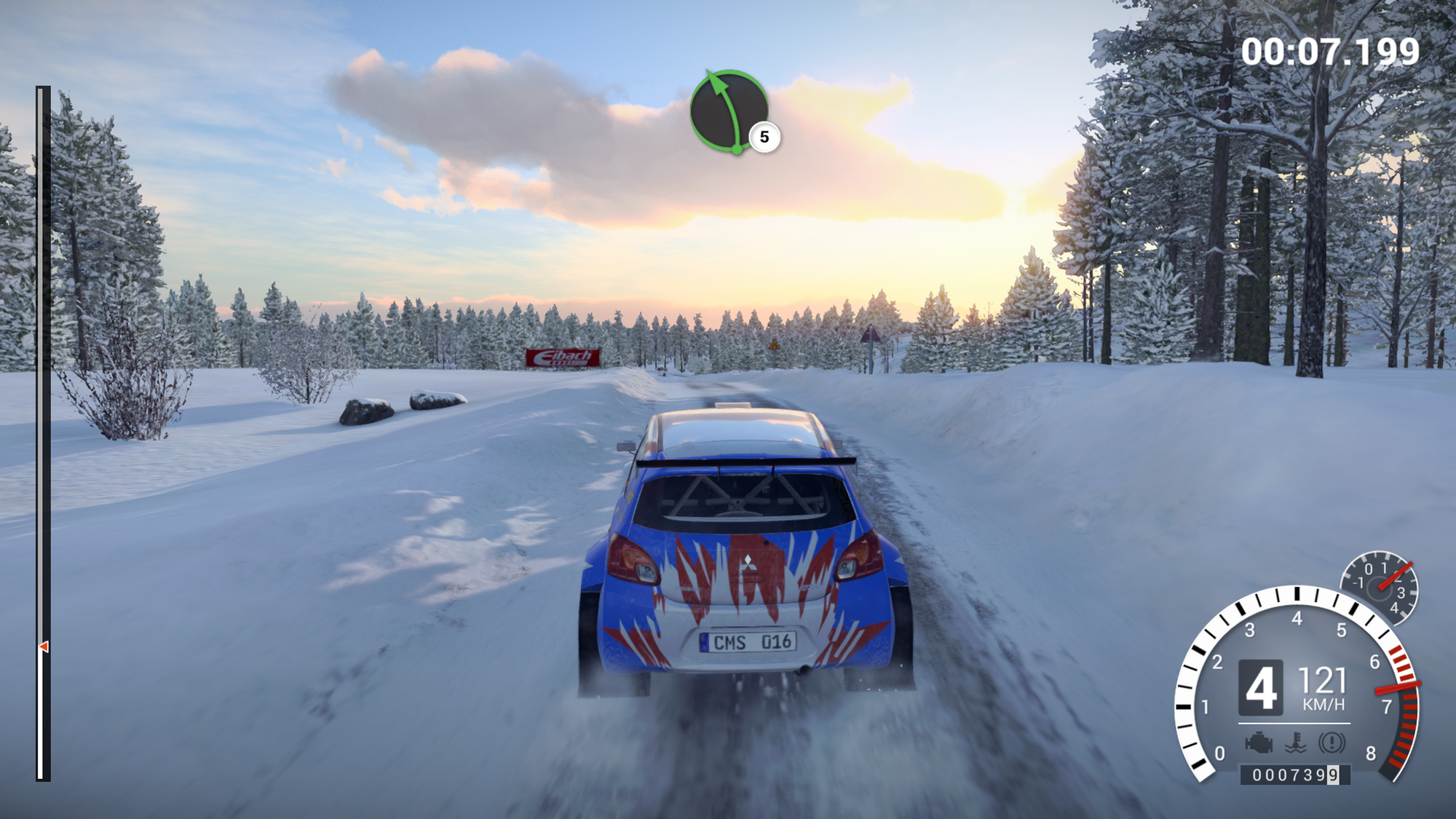
Moving from pre-built stages where the name of the game was stage memorization, to procedurally generated stages using bits and pieces to make new stages and new adventures every time you play the game is the future of the genre, DiRT 4 was a reminder of the pure joy in rallying that such video games have simply ignored. With the exception of Richard Burns Rally, no other rallying video game exemplifies that seat of your pants, adrenaline-fueled journey and adventure that rallying is outside of the realm of the World Rally Championship, and it took rejecting the hardcore racing game player's sanitation of the sport to do it. DiRT 4 reminded me of why I loved watching the WRC as a kid on Speedvision: driving into the truly unknown knowing that it was all up to me and my co-driver in the moment to make the magic happen.
DiRT 4 also answered the question that had been on my mind for nearly a decade at that point come launch: what if Codemasters stopped ignoring their own success and made another racing game that had the off-track elements of Race Driver: GRiD? You can buy cars both new and used, you could sign sponsors and design your own livery using basic templates, you had to manage your team staff and could upgrade and develop your own team facilities as you went along in the single player and watched as it all built up as you progressed through the rally, rallycross, and trophy truck racing disciplines in the career mode. This is how a realistic racing game career mode should be, and it is a tragedy that it was one and done after those who kneeled at the altar of DiRT Rally rejected it because it, much like Project CARS 3, wasn't the game that they wanted.
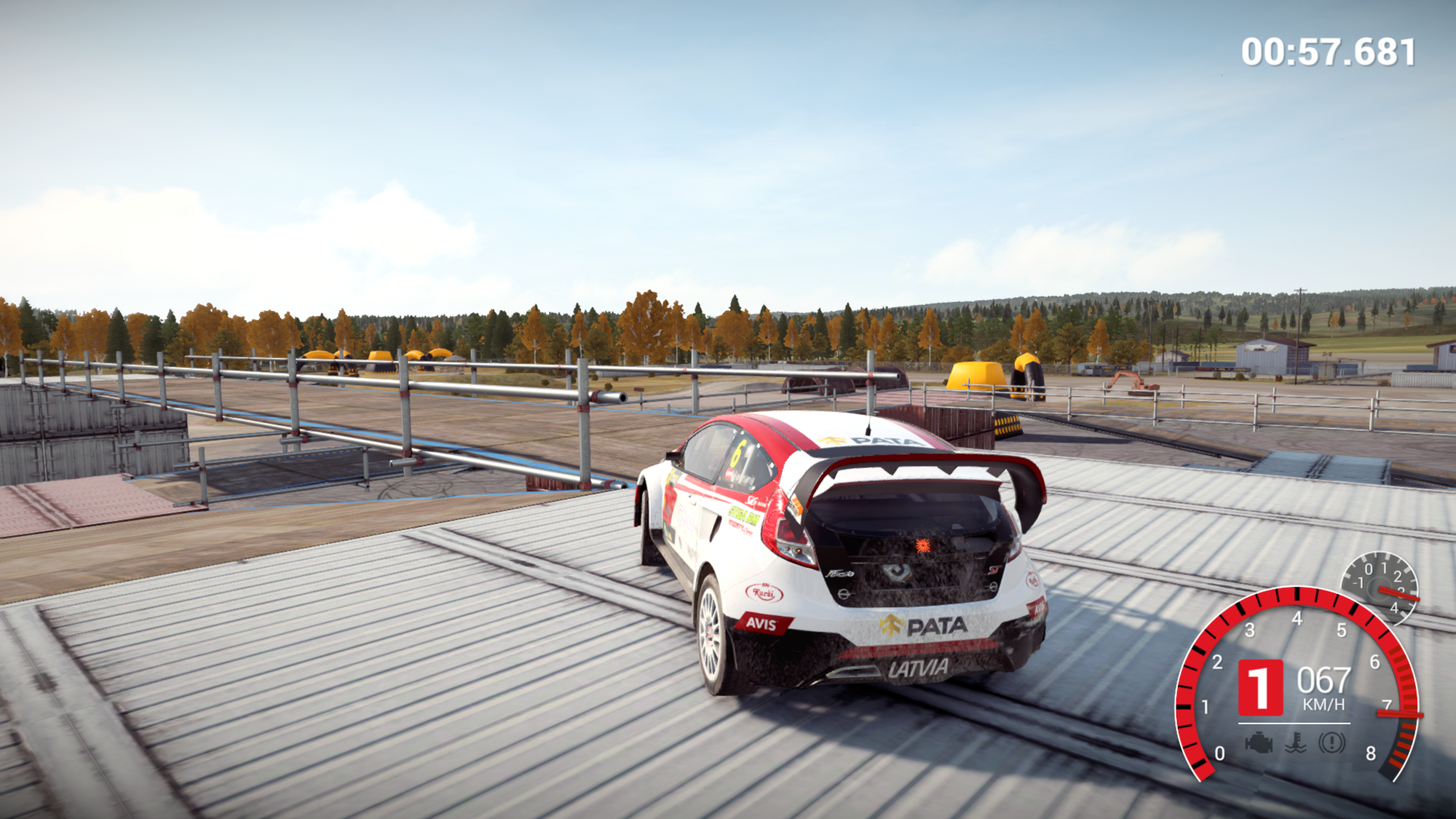
The only thing that ever held DiRT 4 back was perhaps the procedural stage technology was a touch too new and didn't have enough depth to how it could manipulate each section of the stage it would generate, and lacking an extra environment and track for each of the disciplines. But you still had a more complete set of accessibility options with the game showing you what everything did, you had a full rallying school in conjunction with DirtFish which also gave you their full facility to use as a gymknana playground, as well as more relaxed challenges using the former sawmill as the backdrop, and a fantastic sountrack to bring it all together. This was a rallying game meant to be all things to all people, and should have been the gold standard for years to come.
It just needed to nail the vibe and atmosphere of grassroots rallying a little bit more if it wanted to be the DiRT game that made it onto the BRGoF25 list proper.
There are so many other racing games that I could have mentioned in this regard, but I had to start somewhere. Three racing games, plus the one in the featured image, you should still try and race on your own time.
But now it's time to get into the BRGoF25 list proper over the next few months, starting with a glimpse into a future that is perhaps a little familiar to racing as it has evolved today, but without the collapse that happened thereafter.


